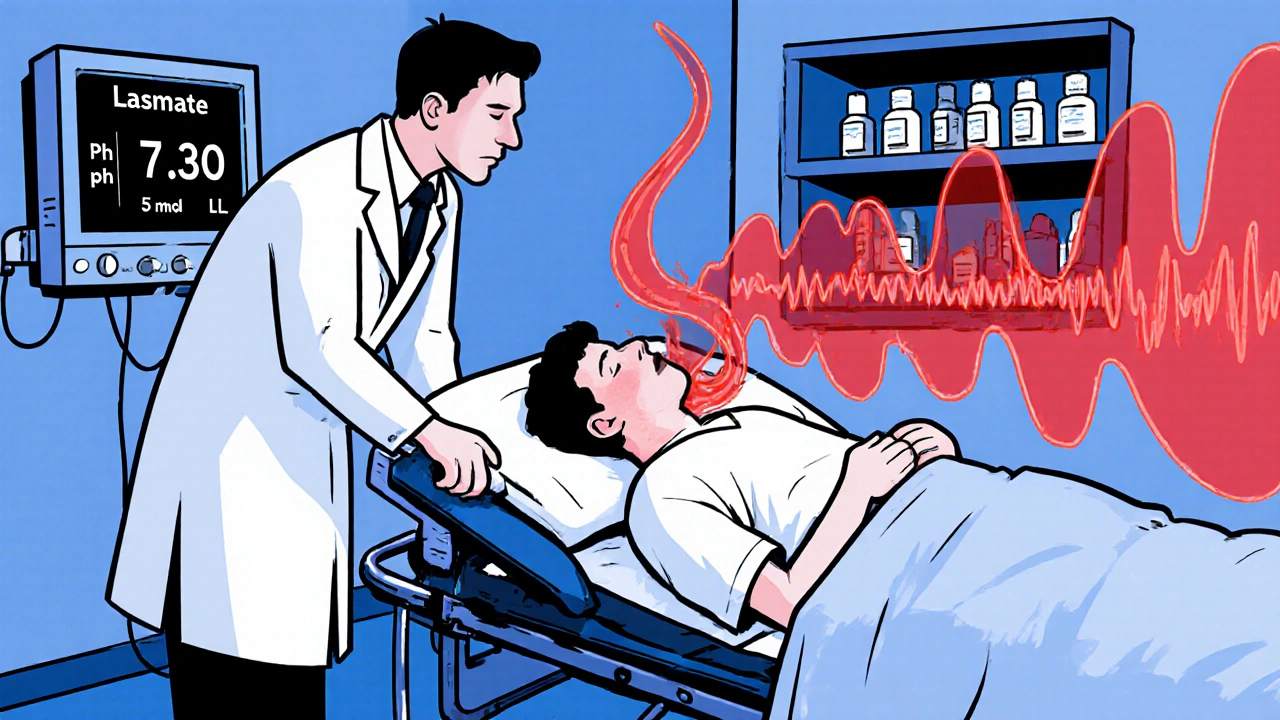Linezolid: What It Is, How It Works, and What You Need to Know
When your body fights a serious bacterial infection that won’t respond to common antibiotics, linezolid, a synthetic antibiotic specifically designed to target drug-resistant Gram-positive bacteria. Also known as Zyvox, it’s often the last line of defense when other drugs fail. Unlike penicillin or cephalosporins, linezolid doesn’t attack the bacterial cell wall—it stops bacteria from making the proteins they need to survive. This unique mechanism makes it effective against some of the toughest infections doctors face today.
It’s most commonly used for MRSA, a type of staph infection resistant to methicillin and other beta-lactam antibiotics, and VRE, vancomycin-resistant Enterococcus, which can cause life-threatening bloodstream or urinary tract infections. You’ll find it prescribed for pneumonia, skin infections, and even bone infections when other antibiotics have been ruled out. It comes as a pill or IV, so you can often switch from hospital to home treatment without losing effectiveness.
But it’s not a magic bullet. Linezolid can cause side effects like nausea, diarrhea, and headaches. Long-term use may affect your bone marrow or nerves, which is why doctors monitor blood counts and watch for tingling or vision changes. It also interacts with certain antidepressants and foods high in tyramine—like aged cheese or cured meats—so dietary awareness matters.
There’s no single best antibiotic for every infection. Linezolid sits in a specific corner of the treatment map: reserved for cases where resistance has already defeated other options. That’s why it’s not used lightly. But when it’s needed, it can be the difference between recovery and complications.
Below, you’ll find real-world comparisons, patient experiences, and clinical insights on how linezolid fits into modern treatment plans—alongside other antibiotics like vancomycin, daptomycin, and tigecycline. Whether you’re a patient, caregiver, or just trying to understand what’s in your prescription, this collection gives you the facts without the fluff.






